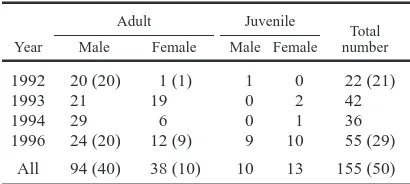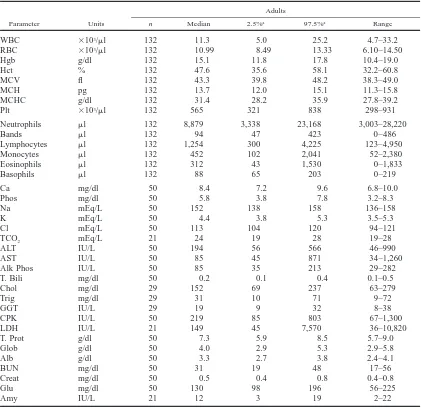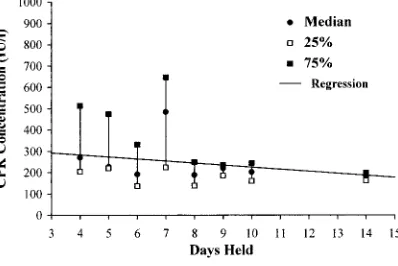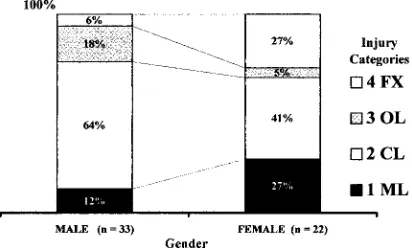Hematology and serum biochemistry parameters of North American river otters (Lontra canadensis)
Full text
Figure




Related documents
tients with CMC, all had severe strictures.’7#{176} These patients had symptoms referable to the esophagitis for long periods of time before treat- ment was sought.
as indicated by the three medical costs, six aggressive in- terventions, and three comfort care measures. We found that DNRCC patients received significantly fewer aggres-
As such, this project was commissioned to explore the best practices of maturity model and adopt the best fit for purpose model which will help exploration and
The HSPICE simulations, conducted using Stanford 32nm CNFET model, indicate that the minority-based design outperforms the other designs in terms of performance and
Copyright © International Journal on New Trends in Education and Their Implications / www.ijonte.org 186 EDUCATIONAL ACTIVITIES AND LEARNING PROGRAMS IN COMMERCIAL BANKS IN
Sanitation projections under scenario 2 show that due to an overall rising trend in the coverage of improved sanitation facility, there will be a decrease of 1.78 million
However, while the di ff erences associated with gender, wealth, and parental education are commensurate with prior literature, overage status is a signi fi cant predictor but in
Self-efficacy is a useful indicator to predict the effectiveness of technology integration initiatives (Albion, 1999), yet simply identifying teacher self-efficacy may not provide